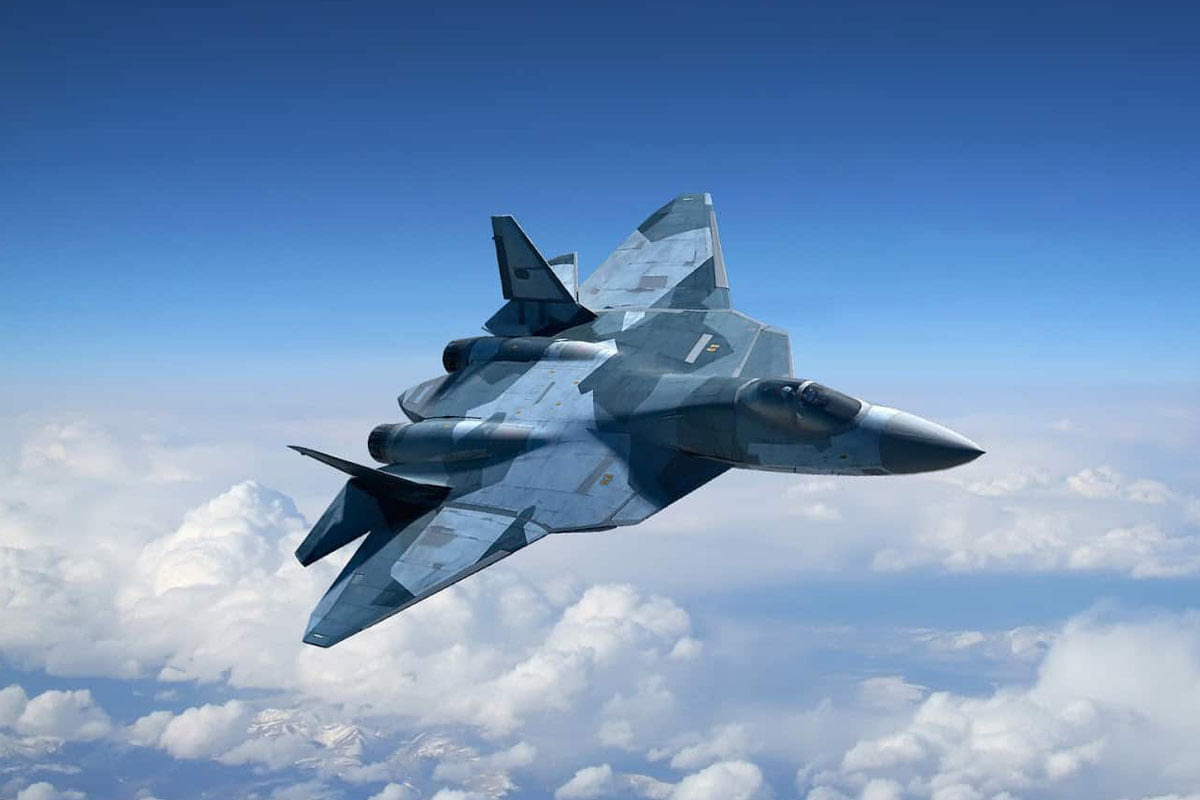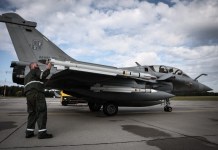Russia’s ambitious new ‘sixth-generation’ stealth interceptor, the PAK-DP long-range bomber, is reportedly in its development phase. Being a successor to the prolific Soviet MiG-31 interceptor, there are high expectations from PAK-DP, also called the MiG-41.
The Mikoyan (MiG) bureau has been working on the design of the new aircraft since 2013 that, according to some Russian claims, can reach earth-shattering speeds of Mach 5.
Russia has long been looking for a replacement for the aging fleet of MiG-31 fighter jets to develop a new long-range interceptor, which will seek to build on the core concept of MiG-31. The country’s fleet of MiG-31 fighter jets is due to retire by 2028.
Some Russian reports had also claimed the new PAK-DP could be developed into an unmanned fighter in the future. The head of the MiG factory during a Defense Exhibition in 2017, claimed it would be a completely new aircraft “where completely new technologies for working in the Arctic sphere will be applied.”
He said the PAK-DP will guard the “entire border of our homeland, then it will be transferred to the unmanned project.”
If a Russian newspaper Izvestia is to be believed, the MiG-41 will become an interceptor of hypersonic missiles by carrying a multifunctional long-range interceptor missile system (MPKR DP) that will dispense several sub-missiles in order to increase the chance of intercepting hypersonic weapons.
The paper goes on to explain the concept – “after a hypersonic projectile is detected by Russia’s ground radars or early warning network, the MiG-41 will launch the interceptor missile at long range. That missile will split off into smaller sub-missiles, which will then attack the projectile “head-on.”
The Head of the Russian Aircraft Corporation, Ilya Tarasenko, had once claimed the new MiG-41 would be equipped with an anti-missile laser and would be able to operate at very high altitudes and even in near space. He even indicated to a Russian outlet RIA Novosti that the PAK DP can operate in outer space.
“The PAK DP, or MiG-41, will have “the ability to operate in space, new weapons, new speeds, new operational range,” Tarasenko told Zvezda TV channel.
The fighter’s predecessor, MiG-31, has a reputation for being a long-range supersonic fighter interceptor designed for use against both high and low-altitude airborne targets, introduced into the Soviet military as early as 1980. The MiG-41, whenever it’s ready, will remain Russia’s main interceptor well into the 2030s.
According to the commander of the Russian Air Force, the introduction of the aircraft into service is planned for 2025.
To be a formidable interceptor, the PAK-DP will need to have ultra-high-speed and the ability to fly to extremely high altitudes to be able to neutralize ultra-fast targets at high altitudes. That will also require new weapons and upgraded onboard radar systems.
Not much is known about the weapons MiG-41 will be carrying, although the head of the Russian Aerospace Forces told the media this year that the fighter will carry R-37 long-range air-to-air missiles, “as well as completely new missiles.”
The Russian news outlet Izvestia also reported the MiG-41 will carry a “multifunctional long-range interceptor missile system capable of hitting hypersonic missiles” with multiple warheads.

The media reports indicated the fighter’s design had already been finalized by the end of 2019, and Tarasenko had told the reporters the development was in progress in June this year. However, there is considerable doubt about all the claims being made about what new technologies MiG-41 is going to be armed with.
Military analysts argue that developing an unmanned version of PAK DP by the country will be highly unlikely at this juncture, considering it requires significant technical commitment and considerable resources, both of which are lacking in Russia today.
The lack of any media briefings about the development of the fighter program could indicate delays or technical difficulties in the project. The pilots and aircraft manufacturers have made very few statements about the abilities of this project, which, therefore, has created more confusion than answered any questions.
On the other hand, if everything goes according to plan, Russia will have the most advanced interceptor and technically sophisticated fighter in the world by the 2030s.




